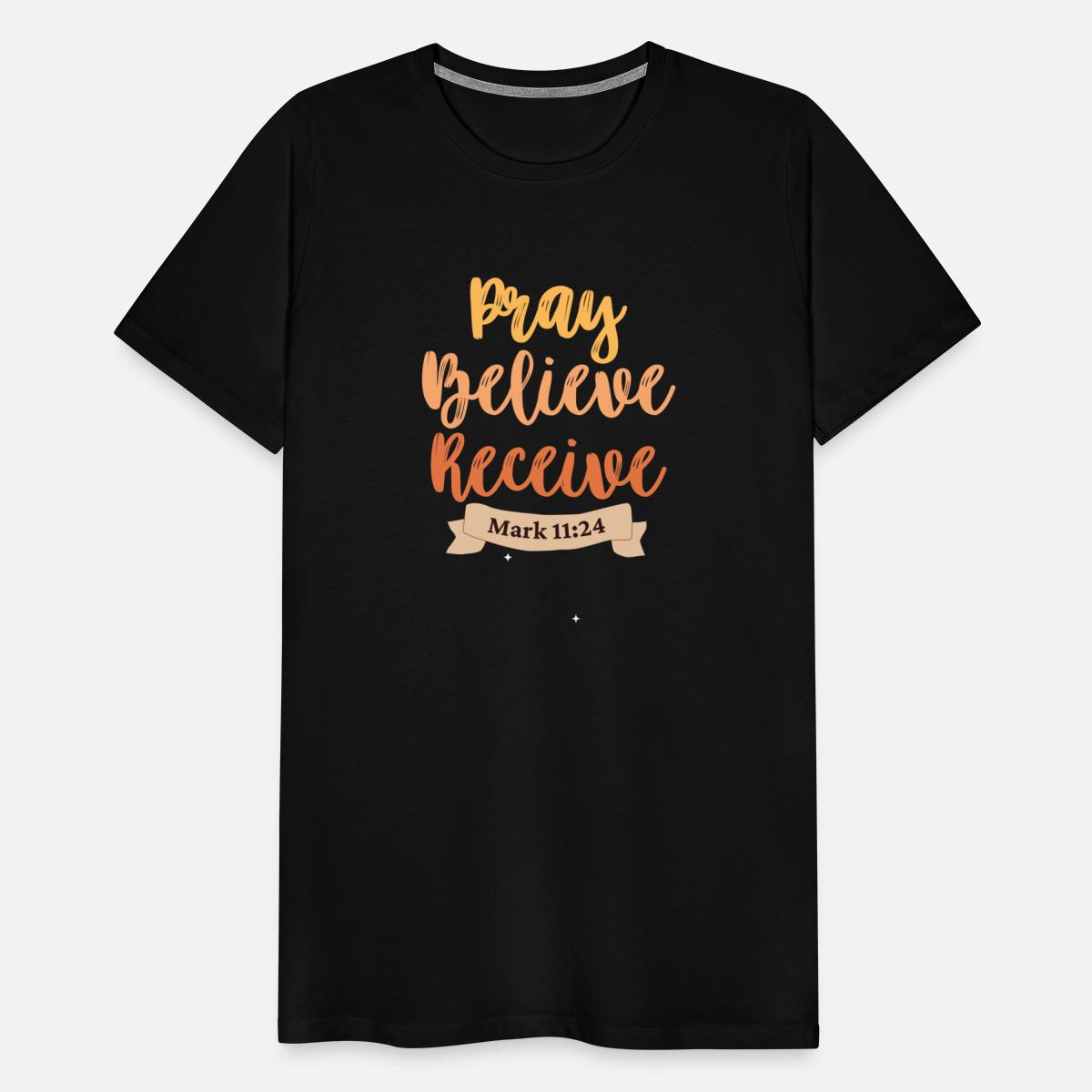 |
| Photo from: http://newsinfo.inquirer.net/337495/quiapo-priest-filipino-devotion-to-black-nazarene-not-idolatry |
so I quickly search for the feast of the Black Nazarene. Let me share to you this info from wiki. God bless everyone.
The Black Nazarene, known to devotees in Spanish as Nuestro Padre Jesús Nazareno (Tagalog: Poong Itim na Nazareno; Spanish: El Cristo Nazareno Negro) is a life-sized, dark wooden sculpture of Jesus Christ carrying the cross, while representing his passion and suffering and is believed to be miraculous by many Filipino Catholics.
Originally with fair complexion, it turned dark after it survived a burning galleon ship on its arrival from Mexico. The image is currently in the Minor Basilica of the Black Nazarene in Quiapo district, Manila, Philippines, where it is venerated weekly with Friday Novena Masses.
The statue is celebrated on three annual occasions, and comes out of its own basilica each New Years Day, Good Friday, on January 9, celebrating its novena feast, transfer (Spanish: Traslación) and enshrinement in the present Basilica, and is attended by several million devotees.
Feast
Each year, the procession of the Black Nazarene makes its way along the streets of the Quiapo district, with attendees reaching up to 6 to 8 million. In recent years, the processional route was altered due to a rise in vehicular and stampede accidents, and to afford other neighborhoods a chance to participate in the festivities. Classes are also suspended in all levels. Since 2007 and 2009, the procession now commences at morning after Holy Mass at the Quirino Grandstand in Rizal Park, where the image was first enshrined, and ends in Quiapo in the late evening.
As is custom, the statue of the Nazarene leaves the Quiapo church (publicly or secretly the night before) and returns to the church on the same day. Many participants either follow the route, or simply wait inside the church to greet the statue. All devotees present wear the image's color of maroon. Most, if not all, of the devotees walk and even travel barefoot throughout the whole procession.
Devotion
The religious veneration of the Black Nazarene is rooted among Filipinos who identify themselves with the Passion of Jesus Christ. Many devotees of the Black Nazarene relate their poverty and daily struggles to the wounds and tribulations experienced by Jesus, as represented by the image. Although the patron saint of the basilica itself is Saint John the Baptist, the Black Nazarene overwhelms it due to mass appeal. Devotees also pay homage by clapping their hands at the end of each mass offered at the shrine.
Every Friday of the year is locally known as Quiapo Day, and is dedicated to the Black Nazarene, with the novena being held not only in the basilica but in other churches nationwide. Similar to Baclaran Day, many public transportation associate this term with an increase of traffic due to visiting devotees.
Processions
 |
| Photo from: http://philnews.ph/2013/01/05/black-nazarene-procession-2013-traffic-advisory/ |
There are three annual processions when the statue is brought out for public veneration, January 9, Good Friday, and New Years Day. The procession during the January 9 feast commemorates the Traslación. (English: Passage), referring to the transfer of the image to its present shrine in Quiapo church.
The Black Nazarene is carried into the streets for procession in a shoulder-bourne carriage known to devotees as the andas (from the Spanish word Andar meaning "To go forward"). The devotees wear the colour maroon and walk barefoot as an act of penance for Jesus on his way to Mount Calvary. Traditionally, only men are permitted to hold the ropes pulling the image's carriage, but in recent years female devotees have also participated in the procession. These rope pullers are traditionally called namámasán. It is also believed that the right shoulder side of the rope (Kanang Balikat) is the most sacred side of the rope since this is the part where the cross is carried by Jesus Christ. People who have touched the Black Nazarene are reported to have been cured of their diseases, and Catholics come from all over Manila to touch the image in the hopes of a miracle. Towels or handkerchiefs are hurled to the marshals and escorts guarding the Black Nazarene with requests to wipe these on the statue in hopes of the miraculous powers attributed to it "rubbing off" on the cloth articles.
The procession held on the feast day is notorious for the annual casualties that result from the jostling and congestion of the crowds engaged in pulling the carriage. The injuries and even deaths of devotees are brought upon by one or a combination of heat, fatigue, or being trampled upon by other devotees. The image is also brought out on two other occasions, namely New Year's Day and Good Friday, the latter being markedly solemn and silent in contrast to the celebration found during the January 9 procession.
 |
| Photo Credit to: TravelsWithShiela |
reference http://en.wikipedia.org/wiki/Black_Nazarene






4 Comments
A night time visit...thanks for the visit..